 We all know that rules were made up as we went along in the Wild Wild West. As we get deeper and deeper into the need for standardization of “environmentally favorable products”, we get further and further away from the truth, and it seems the rules are getting made up as we go along here as well.
We all know that rules were made up as we went along in the Wild Wild West. As we get deeper and deeper into the need for standardization of “environmentally favorable products”, we get further and further away from the truth, and it seems the rules are getting made up as we go along here as well.
There is far too much conflicting information out there at present for a manufacturer to make a solid, educated decision on what to buy and what impact the product may have on the environment. No wonder the customer is confused! Not to mention all the organizations that want you to put your environmental logo on your packaging to show the world how you are an earth conscious supplier, as long as your check clears.
So what is a customer to do? Look for those manufacturers that have simple, easy to understand initiatives and validate environmental programs. That way you can leave the Wild Wild West for the movies.

